
Brushing Up on Tying Up in Horses
Researchers are redefining the muscular diseases long called “tying-up.” While they seem similar, the causes are different, and each requires specific management.

Researchers are redefining the muscular diseases long called “tying-up.” While they seem similar, the causes are different, and each requires specific management.

Learn how fluid therapy enhances horses’ recovery from life-threatening diseases by correcting dehydration and shock.
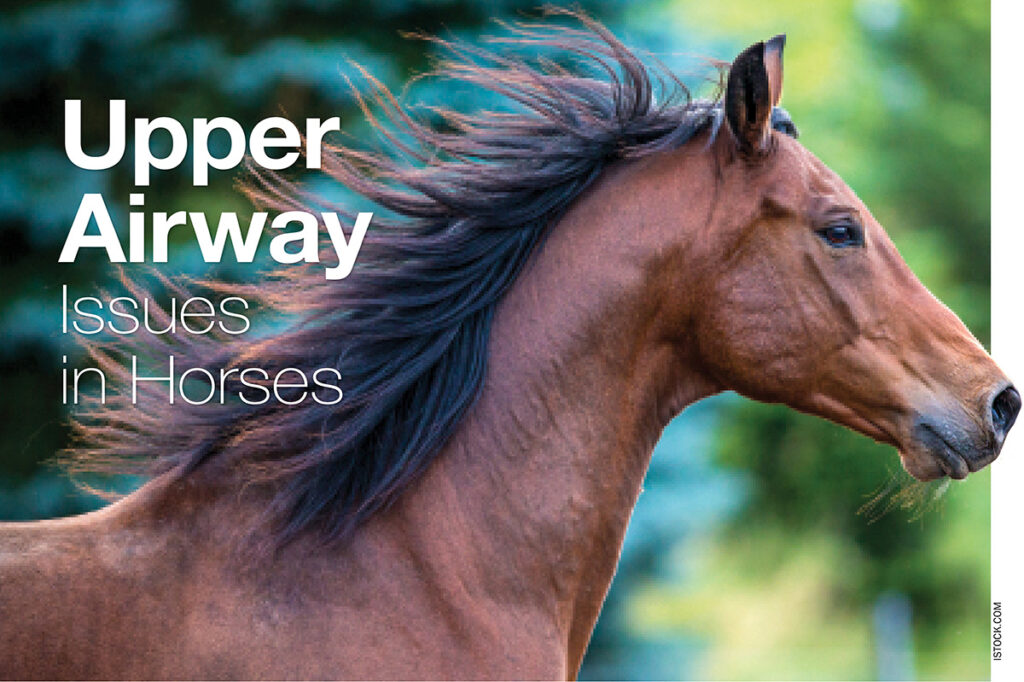
Learn about common upper airway problems in horses and how to address them in this visual guide.

Reduce sporadic episodes of exertional rhabdomyolysis by providing plenty of forage and meeting these unique equine athletes’ nutrient requirements.

Measure and understand your horse’s unique exercise heat patterns so you can promote recovery and prevent heat stroke.

Training horses in the spring and summer can present some challenges. Learn how your horse’s body adapts to exercise training, how he acclimates to spring and summer weather conditions, and what you can do to help him perform at his best.

The equine respiratory tract is so highly specialized for exercise that even the slightest deviation from normal can limit a horse’s athletic career.
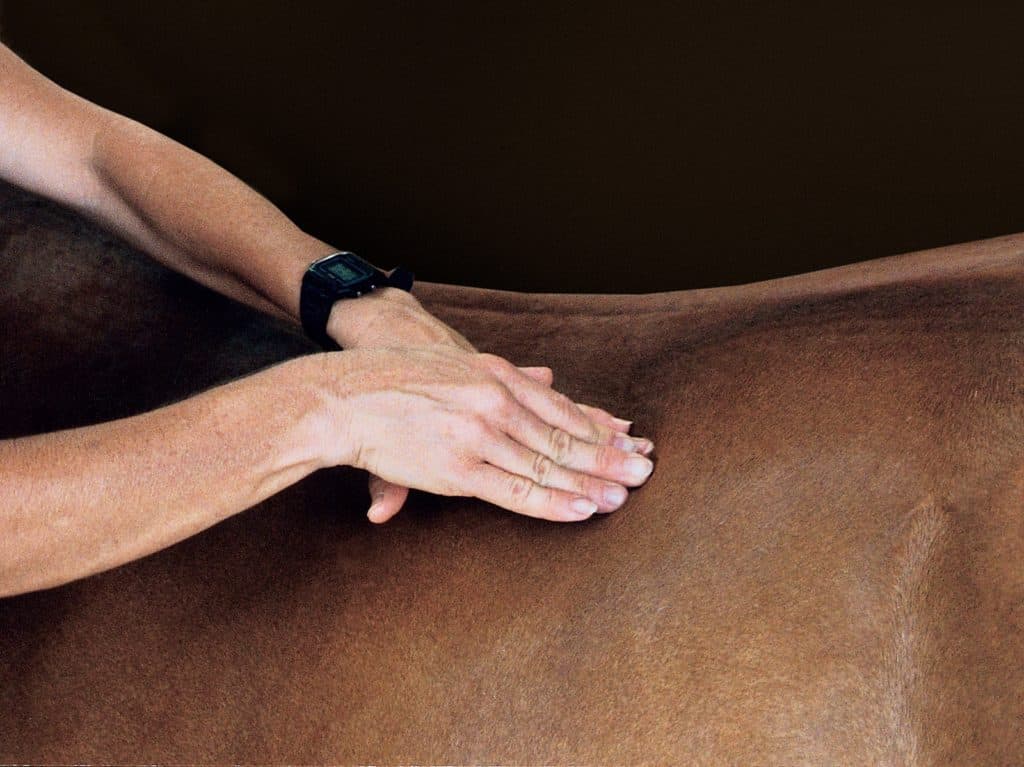
Dr. Gina Tranquillo-Shade and Michele Haman of Equi-Librium Therapy LLC talk about whether massage can help or hurt horses with polysaccharide storage myopathy.

Consider doing tiebacks in horses where the problem is or will be performance-limiting.

Though it can, rarely, resolve on its own, airway noise always merits investigation. Learn about the three most common noise-making pathologies and how they’re treated.

Your horse’s health status might call for a low-starch diet. Learn which conditions benefit from low starch levels and how to make the change.
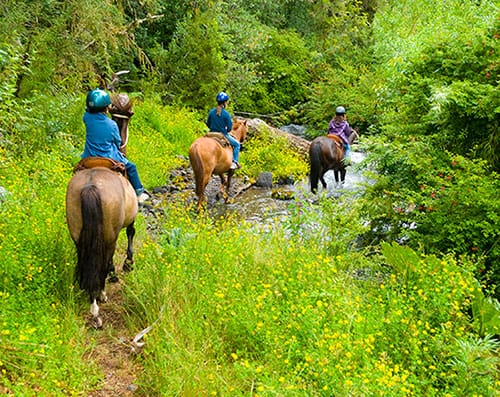
Trail riding season is in full swing, and our sources answered 17 questions about keeping your horse sound and healthy.
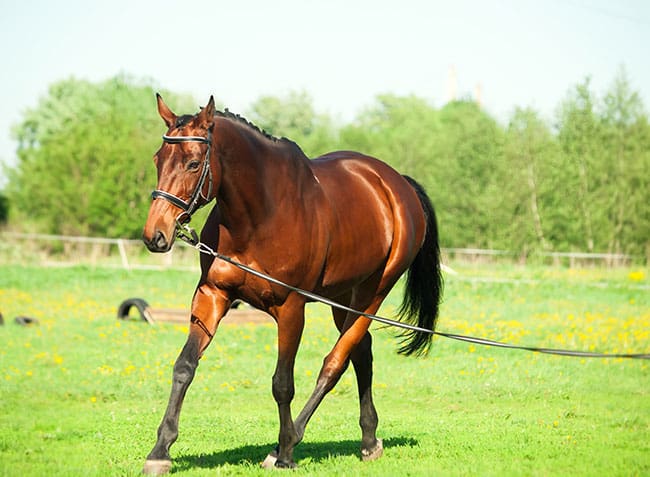
Is frequent circular exercise linked to osteoarthritis?
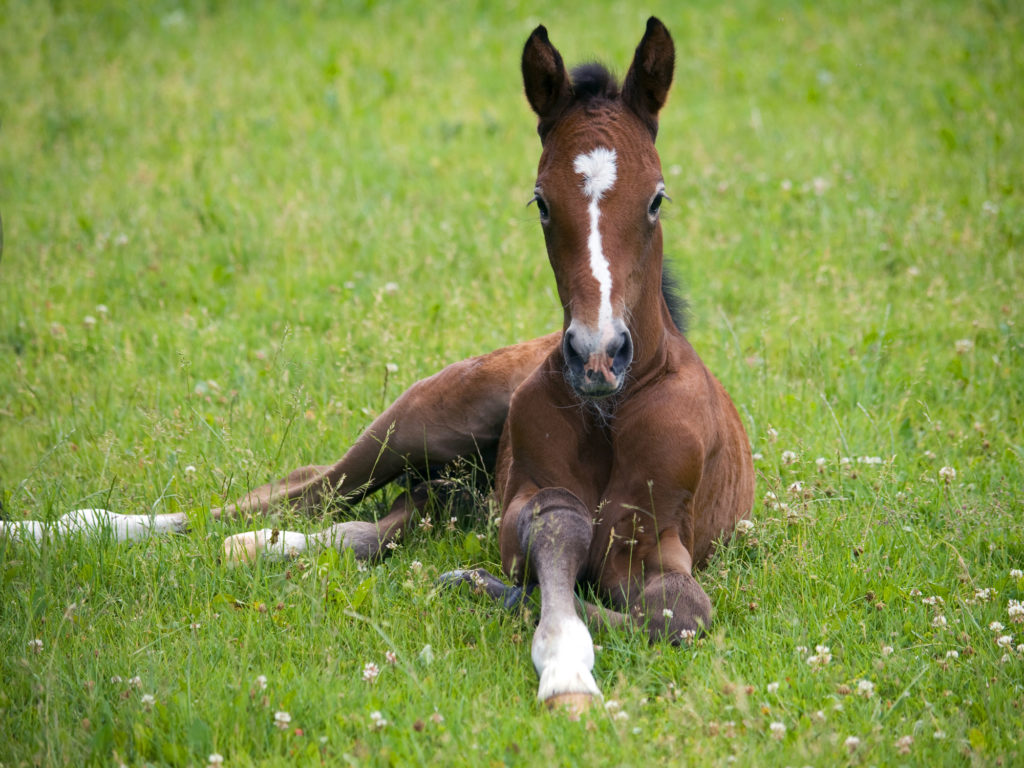
Two leading genetics researchers described current and upcoming tests for a variety of heritable equine conditions.

Performing “tie-back” surgery earlier than standard practice led to improved outcomes for racing Thoroughbreds.

Horses with recurrent exertional rhabdomyolysis require different diets than horses that tie up because of PSSM.
Stay on top of the most recent Horse Health news with
"*" indicates required fields